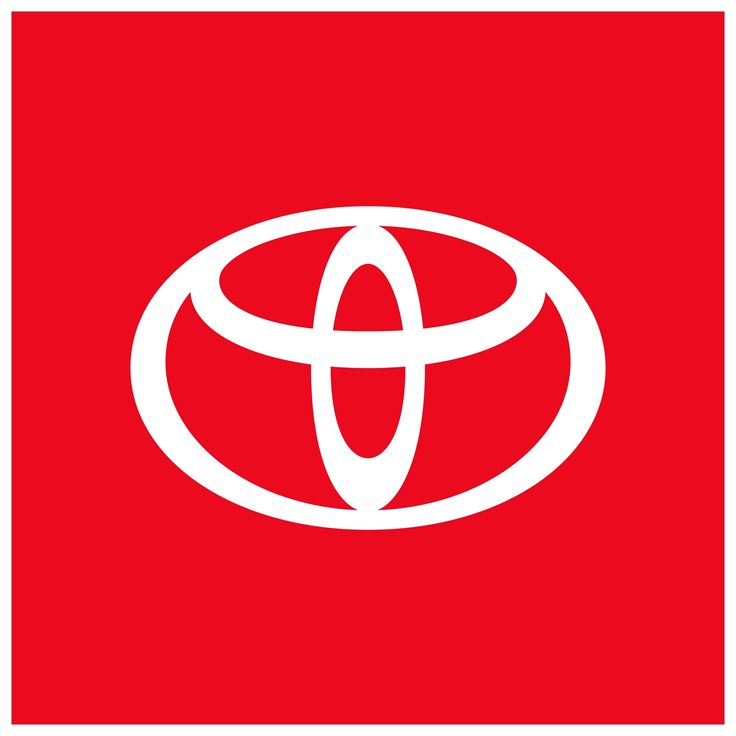The automotive industry is a multi-trillion-dollar machine, with car manufacturers constantly battling for dominance. But behind the scenes, there are industry secrets that car companies would rather you never discover. From planned obsolescence to secret maintenance tricks and hidden fees, the car industry thrives on practices that maximize profits at the expense of consumers. In this article, we’ll uncover the hidden truths about how car companies operate—and how you can protect yourself from being exploited.
1. Planned Obsolescence: Designed to Fail
Car companies have long been accused of planned obsolescence—the practice of designing products to fail or become outdated after a certain period, forcing customers to spend money on repairs or new models.
🔎 How Planned Obsolescence Works:
- Inferior Materials: Manufacturers use cheaper parts that are prone to wear and tear, ensuring that repairs or replacements are inevitable.
- Software Lockouts: Some modern cars have software updates that eventually reduce performance or limit functionality unless you pay for a subscription.
- Shorter Warranty Periods: Warranties are carefully designed to expire just before common failures occur, leaving the repair costs on the owner.
🚨 Example:
- BMW and Mercedes have been accused of using plastic components in critical engine parts, which degrade faster than metal alternatives.
- Tesla has faced criticism for limiting battery range through software updates unless customers pay for premium packages.
Why It Matters:
Planned obsolescence ensures that you remain trapped in a cycle of purchasing and repairing, benefiting car companies while draining your wallet.
2. Overpriced Replacement Parts and Repairs
Once your car is out of warranty, repair costs can skyrocket. Manufacturers intentionally limit the availability of certain parts or make them exclusive to dealerships, ensuring that you have to pay a premium for repairs.
FREE: Quickly identify and understand problems with your vehicle 🚘
CLICK HERE💡 Examples of Marked-Up Parts:
| Part | Actual Production Cost | Dealership Price | Markup Percentage |
|---|---|---|---|
| Brake Pads | $20 | $200 | 900% |
| Air Filters | $5 | $50 | 1000% |
| Infotainment System Screen | $150 | $1,500 | 900% |
| Key Fobs | $10 | $250 | 2400% |
🔧 Tactics Used:
- Exclusive OEM Parts: Manufacturers often make certain parts available only through authorized dealerships, inflating the price.
- Proprietary Diagnostic Tools: Independent repair shops often can’t access the proprietary diagnostic codes used by manufacturers, forcing you to visit the dealership.
- Software Locks: Some repairs require software updates that are locked behind dealership services.
✅ What You Can Do:
- Find independent mechanics who specialize in your car brand.
- Look for aftermarket parts instead of relying on OEM parts.
- Use open-source diagnostic tools whenever possible.
3. Fake Fuel Efficiency Ratings
Car manufacturers often advertise misleading fuel efficiency figures. These numbers are based on controlled laboratory tests that don’t reflect real-world driving conditions.
🚗 How They Skew the Numbers:
- Rolling Resistance: Tires with low rolling resistance are used during testing but not included in consumer vehicles.
- Reduced Vehicle Weight: Cars are stripped of extra weight (like seats) to increase efficiency during tests.
- Optimized Test Conditions: Testing is performed in low-wind, perfectly flat environments.
🛣️ Real-World Example:
- Ford’s C-Max hybrid was advertised with a 47 MPG rating but achieved only 37 MPG in real-world conditions, leading to lawsuits and compensation claims.
- Hyundai and Kia were fined for overstating fuel economy figures on several models.
✅ How to Protect Yourself:
- Check real-world MPG ratings on independent review sites.
- Look at long-term owner reports instead of relying solely on EPA ratings.
- Consider real-world driving conditions in your area when calculating expected efficiency.
4. Hidden Fees and Dealer Scams
Car dealerships are notorious for adding hidden fees that inflate the cost of a vehicle at the last minute. These fees are often disguised as necessary costs, even though they’re pure profit for the dealership.
💸 Common Hidden Fees:
| Fee Type | Average Cost | Purpose | Is It Necessary? |
|---|---|---|---|
| Documentation Fee | $100–$500 | Filing paperwork | No |
| Destination Charge | $500–$1,500 | Delivery from factory | No |
| Advertising Fee | $200–$700 | Manufacturer advertising cost | No |
| Nitrogen Fill Fee | $50–$100 | Filling tires with nitrogen | No |
🚫 Tactics Used:
- Bait-and-Switch: Advertising low prices but adding fees at the time of sale.
- Pressure Tactics: Creating a sense of urgency to prevent you from questioning the fees.
- Extended Warranties: Selling overpriced extended warranties that rarely cover major repairs.
✅ How to Protect Yourself:
- Ask for a detailed price breakdown before signing anything.
- Refuse to pay for fees that aren’t tied to actual services.
- Walk away if the dealer refuses to negotiate.
5. Subscription Services for Basic Features
Many automakers are introducing subscription services for features that were previously standard. This includes heated seats, remote start, and even advanced cruise control.
📲 Examples:
- BMW: Charges a monthly fee for heated seats and steering wheels.
- Mercedes: Offers increased horsepower through a subscription service.
- Tesla: Charges for full self-driving capability through a monthly subscription.
💣 Why This Is a Problem:
- Features are already built into the car—you’re just paying to unlock them.
- If you stop paying, the feature is disabled, even though the hardware remains in place.
- Automakers can increase subscription fees over time without giving you an option to opt out.
✅ What You Can Do:
- Look for cars with fixed features rather than subscription-based models.
- Avoid software-based upgrades unless absolutely necessary.
- Research which brands are adopting subscription models before buying.
6. Insurance and Financing Kickbacks
Car dealerships make a significant amount of money from referring you to financing and insurance companies. These deals often come with inflated interest rates and hidden costs.
💼 How It Works:
- Dealerships have agreements with lenders to add a markup to the interest rate.
- Insurance partnerships result in higher premiums for you and referral bonuses for the dealership.
🚩 Example:
- A dealership may secure a loan at 4% but offer you the loan at 6%—the extra 2% goes to the dealership.
- Extended warranties and “gap insurance” are often marked up by over 200%.
✅ How to Protect Yourself:
- Secure financing through your bank or credit union before visiting the dealership.
- Get multiple insurance quotes before signing any agreements.
- Avoid bundled add-ons unless you’ve verified the cost separately.
7. Electric Cars and Battery Degradation Secrets
Electric vehicles (EVs) are marketed as low-maintenance, but car companies rarely disclose the true cost of battery degradation over time.
🔋 The Hidden Truth:
- Most EV batteries lose 10–15% of capacity within the first five years.
- Battery replacement costs can exceed $10,000.
- Manufacturers may limit battery repair options, forcing you to buy a new battery.
🚗 Example:
- Early Tesla Model S owners reported significant battery degradation, reducing range by over 20% within six years.
- Nissan initially refused to replace batteries in the Leaf under warranty despite significant capacity loss.
✅ What You Can Do:
- Check battery degradation data from long-term owner reports.
- Opt for manufacturers with clear and transparent battery warranties.
- Avoid fast charging unless necessary—it accelerates battery wear.
🔑 Conclusion: Knowledge is Power
Car companies thrive on secrecy and consumer ignorance. From planned obsolescence to hidden fees and deceptive financing, manufacturers are constantly finding new ways to extract more money from buyers. By understanding these tactics and knowing how to avoid them, you can save thousands of dollars and take control of your car ownership experience.
✅ Take Action:
- Research real-world reviews and independent repair costs.
- Avoid dealership markups and hidden fees.
- Push back against subscription models and inflated financing rates.
- Stay informed—because car companies are counting on you not knowing the truth.


Leave a Reply